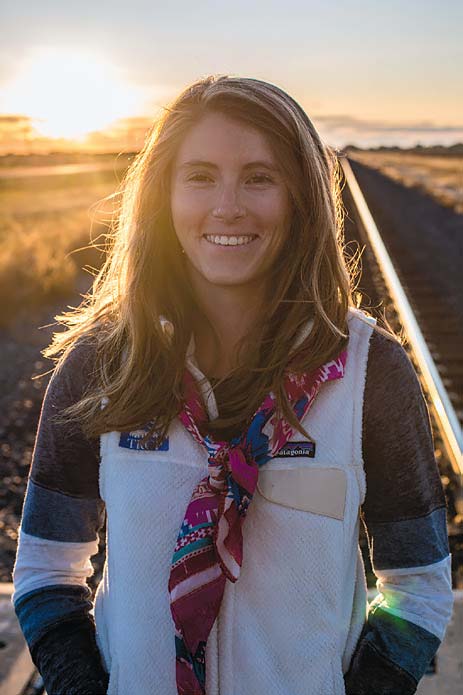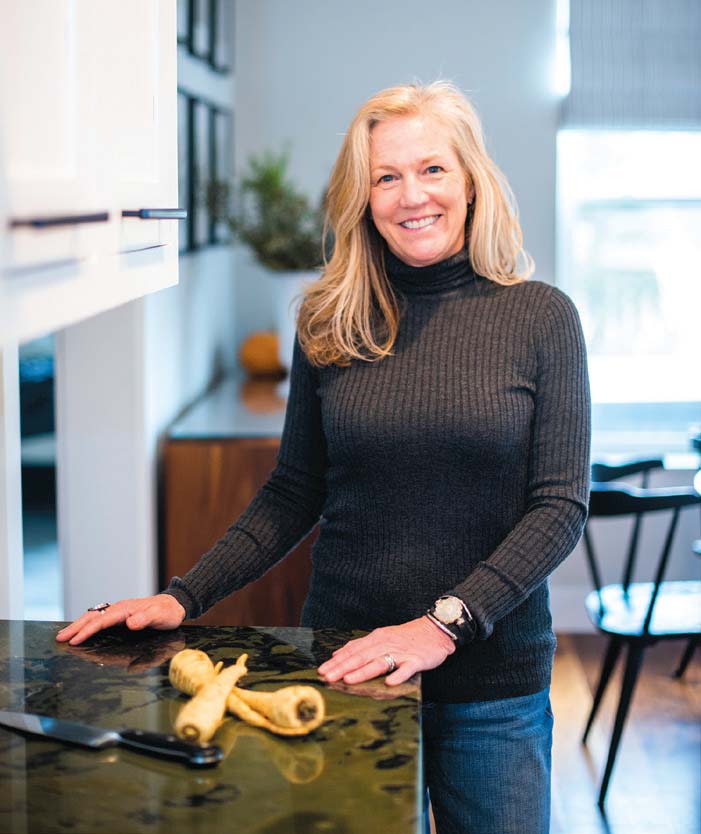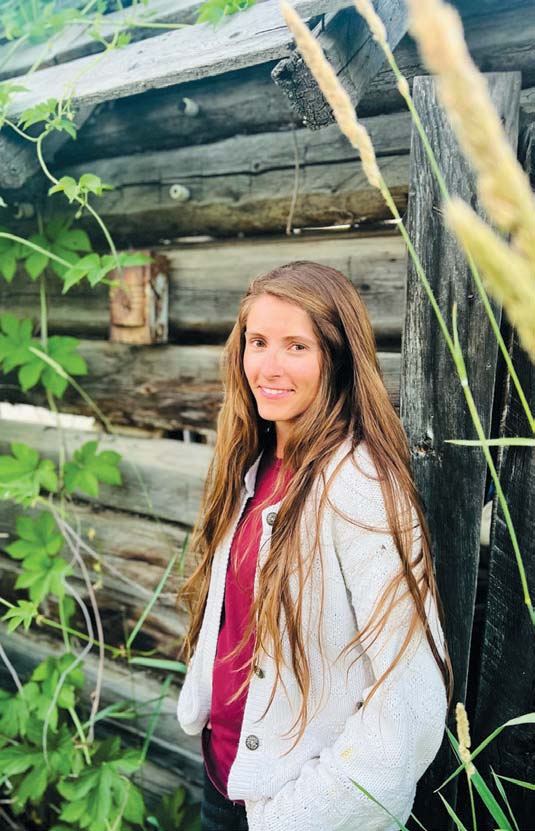
Dear Reader,
I’ve always valued that address, which is more typical of nineteenth-century novels than the books written today. I love the way it establishes a connection, promises a well-made and satisfying story. Here, the writer seems to say. is is for you.
While I have known for years—and continue to learn about—the health, economic, and social benefits of a vibrant and multifaceted local food system, I have to admit that one of the simplest and most enduring reasons I return to local food is because of a similar feeling of receiving something important. To buy, at the farmers market, a stalk studded with Brussels sprouts, to accept it from a hand whose nails are rimmed with soil, to thank the person who rose at 4am to load vegetables into a truck—these actions are tactile evidence of the ways I am connected to the people, the land, and the history of this corner of Montana. Moreover, they represent a chain of labor and care that can nourish all of us. Here, our chefs, ranchers, brewers, bakers, growers, canners, food-nonprofit organizers, and coffee-roasters seem to say. is is for you.
Here, our chefs, ranchers, brewers, bakers, growers, canners, food-nonprofit organizers, and coffee-roasters seem to say. This is for you.
Edible Bozeman’s second issue is bursting with accounts of the life-giving connections made possible by all manner of local food traditions and innovations. Matt and Sarah Skoglund of North Bridger Bison express, in words and actions, profound respect for the well-being of the land and animals they manage. Author Rick Bass felt such a deep appreciation for the writers and artists who inspired him that he drove across the country—and flew across an ocean—to serve his mentors homemade meals. The Gallatin Valley Farm to School program seeks to instill not just information about food but real joy in the students it serves. Mary Stein of MSU’s Sustainable Food and Bioenergy Systems encourages undergraduates who are passionate about improving our food systems on every level.
Local food really is for all of us, whether we get our protein from bison or lentils, whether we can afford a multi-course fine-dining experience or whether we bring food stamps to the farmers market, whether we’re perfecting homemade pasta or making messy pancakes with a child. is season, I hope we can savor the relationships evident in each dish we pass; and to whatever degree we realize we’ve received something of value, I hope we savor, too, the feeling of gratitude. I hope we begin to wonder, if we haven’t already, how we can give back.
Sincerely,
Mindy Misener
Editor




